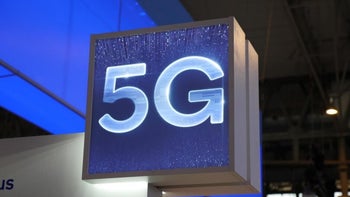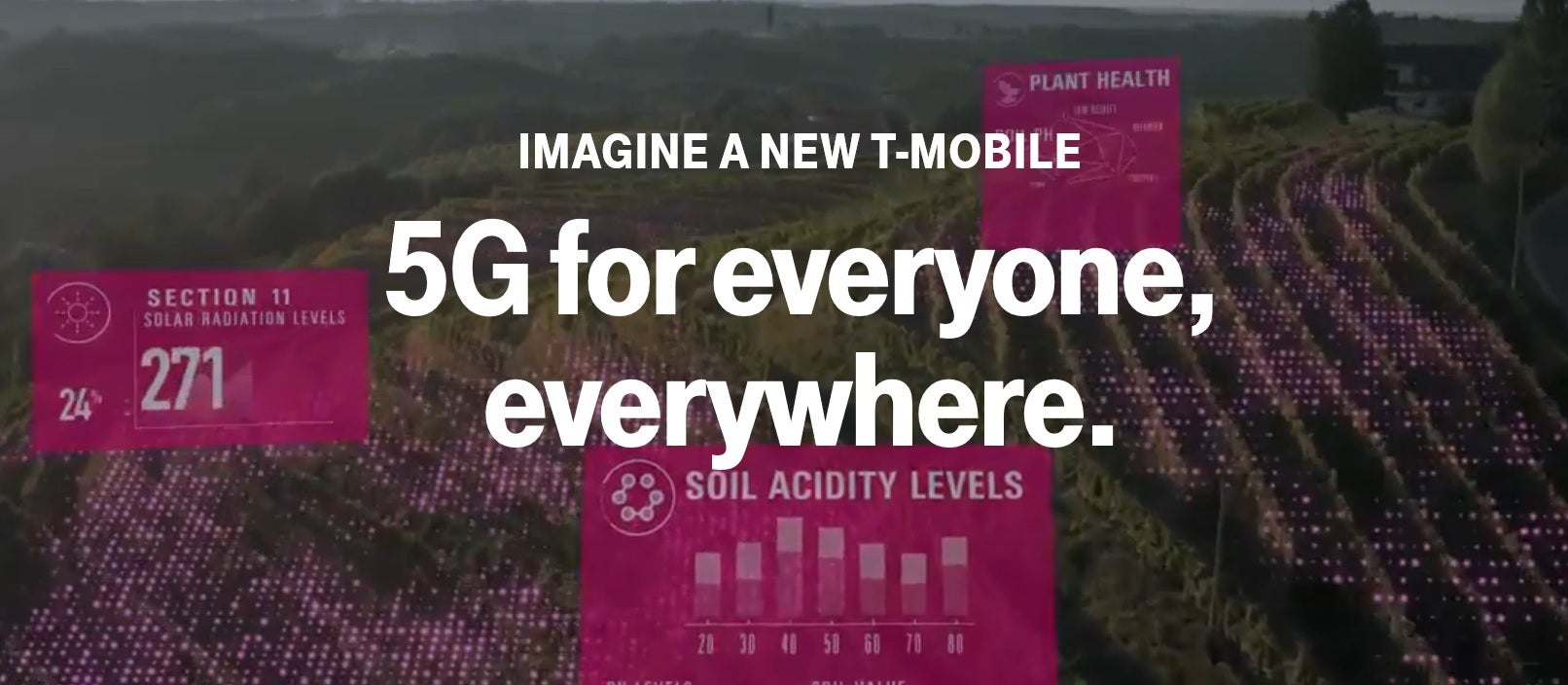T-Mobile does something that no other carrier on Earth has done before

After recently completing a 5G data call successfully in the wild over its low-band 600MHz spectrum, T-Mobile made another big announcement today. For the first time in North America, it completed a stand-alone 5G data session. Current 5G devices used in the handful of markets where 5G is now available, connect to 5G and LTE at the same time (non- stand-alone). What T-Mobile tested today is a network dedicated to 5G only. The wireless provider says that such networks will "supercharge" those phone applications based on AR and VR that depend on a real-time response from the user. It also will help the user experience with cloud gaming, improve productivity in smart factories, and perhaps power self-driving vehicles.
And for the first time ever on this planet (we don't know if the aliens are on 6G), the aforementioned data session was completed using "a multi-vendor 5G next-generation radio and core network." The companies involved in this test are names you should all be familiar with such as Ericsson, Nokia, Cisco, and MediaTek. 5G will provide consumers with download dataspeeds 10 times faster than 4G LTE download speeds. A movie that used to take minutes to download on your phone will take seconds on 5G. Once 5G becomes available in the U.S. coast-to-coast, something T-Mobile says will take place next year, new industries will be developed. The U.S. economy is very likely to get a shot in the arm once this all takes place.
A combined T-Mobile-Sprint will offer data speeds 4 to 6 times faster than the two remained separate companies
A 5G driven economy is likely to create new jobs and this was one of the arguments that T-Mobile has been making in order to win U.S. regulatory approval of its merger with Sprint. The carrier feels that the combination of its low-band airwaves (which travel farther and penetrate buildings well) and its mmWave ultra high-frequency holdings (that have higher dataspeeeds and capacity, but only travel short distances and don't penetrate structures well) will blend perfectly with Sprint's mid-band spectrum. The 2.5GHz hoard owned by Sprint, combined with T-Mobile's 600MHz will be an important part of T-Mobile's sub-6GHz 5G service. Verizon plans to use only mmW spectrum for its 5G network, which means it might take longer for Big Red to build out a nationwide 5G network than T-Mobile.

T-Mobile promotes a post merger 5G future
T-Mobile has been pushing hard to complete the merger, and the company says that by 2024, the New T-Mobile (the merged T-Mobile-Sprint) will have eight times the 5G network capacity than a stand-alone T-Mobile and Sprint. And even better, 5G dataspeeds will be four to six times faster than if the pair remained separate companies. And these improvements can be traced to the use of T-Mobile's low-band spectrum together with Sprint's mid-band airwaves.
"This major 5G breakthrough is another example of how the T-Mobile engineering team continues to innovate and drive the entire industry forward. I could not be more proud of them. 5G brings a new era in wireless, and if our merger with Sprint is approved, the New T-Mobile will bring together the resources and vision necessary to ensure America has a network that’s second to none."-Neville Ray, CTO, T-Mobile
Last week, the Department of Justice approved the $26.5 billion merger between T-Mobile and Sprint after the pair agreed to sell some assets to Dish Network. The latter will create a "fourth nationwide facilities-based network competitor," a fancy term for saying that Dish will replace Sprint as the fourth-largest carrier in the states. And Dish will be building out its own stand-alone 5G network while operating as an MVNO while the construction takes place.
Only one thing is preventing this merger from closing. That's a lawsuit filed by the attorneys general in 13 states and the attorney general of Washington D.C. The suit aims to block the merger and a trial might not get underway until December.











Things that are NOT allowed: